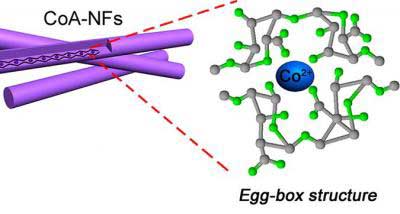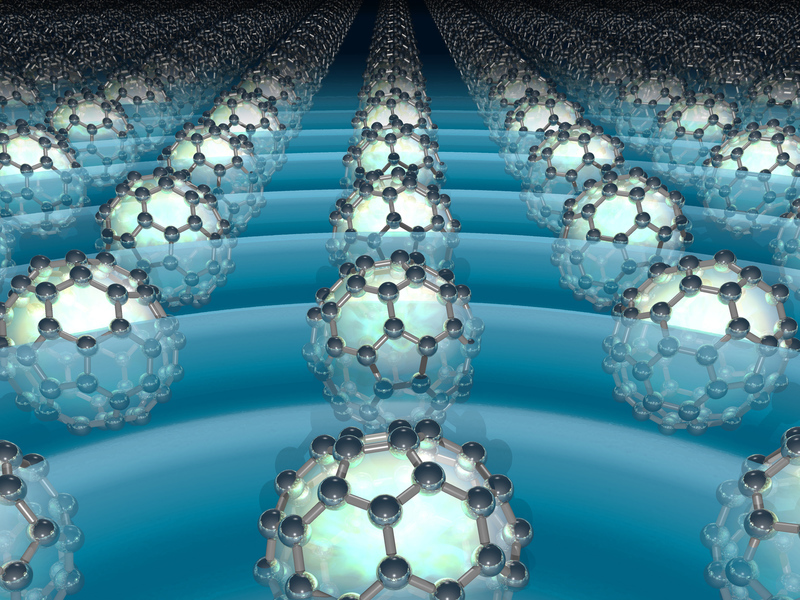For a change this October 19, 2021 item on phys.org isn’t highlighting a single research paper so much as it provides a history of graphene and context for research being done at the Joint Quantum Institute (JQI) at the University of Maryland (US),
Carbon is not the shiniest element, nor the most reactive, nor the rarest. But it is one of the most versatile.
Carbon is the backbone of life on earth and the fossil fuels that have resulted from the demise of ancient life. Carbon is the essential ingredient for turning iron into steel, which underlies technologies from medieval swords to skyscrapers and submarines. And strong, lightweight carbon fibers are used in cars, planes and windmills. Even just carbon on its own is extraordinarily adaptable: It is the only ingredient in (among other things) diamonds, buckyballs and graphite (the stuff used to make pencil lead).
This last form, graphite, is at first glance the most mundane, but thin sheets of it host a wealth of uncommon physics. Research into individual atom-thick sheets of graphite—called graphene—took off after 2004 when scientists developed a reliable way to produce it (using everyday adhesive tape to repeatedly peel layers apart). In 2010 early experiments demonstrating the quantum richness of graphene earned two researchers the Nobel Prize in physics.
In recent years, graphene has kept on giving. Researchers have discovered that stacking layers of graphene two or three at a time (called, respectively, bilayer graphene or trilayer graphene) and twisting the layers relative to each other opens fertile new territory for scientists to explore. Research into these stacked sheets of graphene is like the Wild West, complete with the lure of striking gold and the uncertainty of uncharted territory.
Researchers at JQI and the Condensed Matter Theory Center (CMTC) at the University of Maryland, including JQI Fellows Sankar Das Sarma and Jay Sau and others, are busy creating the theoretical physics foundation that will be a map of this new landscape. And there is a lot to map; the phenomena in graphene range from the familiar like magnetism to more exotic things like strange metallicity, different versions of the quantum Hall effect, and the Pomeranchuk effect—each of which involve electrons coordinating to produce unique behaviors. One of the most promising veins for scientific treasure is the appearance of superconductivity (lossless electrical flow) in stacked graphene.
“Here is a system where almost every interesting quantum phase of matter that theorists ever could imagine shows up in a single system as the twist angle, carrier density, and temperature are tuned in a single sample in a single experiment,” says Das Sarma, who is also the Director of the CMTC. “Sounds like magic or science fantasy, except it is happening every day in at least ten laboratories in the world.”
The richness and diversity of the electrical behaviors in graphene stacks has inspired a stampede of research. The 2021 American Physical Society March Meeting included 13 sessions addressing the topics of graphene or twisted bilayers, and Das Sarma hosted a day long virtual conference in June for researchers to discuss twisted graphene and the related research inspired by the topic. The topic of stacked graphene is extensively represented in scientific journals, and the online arXiv preprint server has over 2,000 articles posted about “bilayer graphene”—nearly 1,000 since 2018.
Perhaps surprisingly, graphene’s wealth of quantum research opportunities is tied to its physical simplicity.
…
An October 18, 2021 JQI news release by Bailey Bedford, which originated the news item, explains why researchers have described a twist found in graphene as ‘magic’,
…
Researchers have discovered that at a special, small twist angle (about 1.1 degrees)—whimsically named the “magic angle”—the environment is just right to create strong interactions that radically change its properties. When that precise angle is reached, the electrons tend to cluster around certain areas of the graphene, and new electrical behaviors suddenly appear as if summoned with a dramatic magician’s flourish. Magic angle graphene behaves as a poorly-conducting insulator in some circumstances and in other cases goes to the opposite extreme of being a superconductor—a material that transports electricity without any loss of energy.
The discovery of magic-angle graphene and that it has certain quantum behaviors similar to a high-temperature superconductor was the Physics World 2018 Breakthrough of the Year. Superconductors have many valuable potential uses, like revolutionizing energy infrastructure and making efficient maglev trains. Finding a convenient, room-temperature superconductor has been a holy grail for scientists.
…
I haven’t done to justice to this piece and, so, for anyone interested in graphene, superconductors, and electronics I recommend reading the piece (October 18, 2021 JQI news release by Bailey Bedford) in its entirety where you’ll also find references to these articles and more,
Reference Publication
- “Phonon-induced giant linear-in-T resistivity in magic angle twisted bilayer graphene: Ordinary strangeness and exotic superconductivity,” Fengcheng Wu, Euyheon Hwang, Sankar Das Sarma, Phys. Rev. B, 99, 165112 (2019)
- “Ferromagnetism and superconductivity in twisted double bilayer graphene,” Fengcheng Wu, Sankar Das Sarma, Phys. Rev. B, 101, 155149 (2020)
Related JQI Articles

